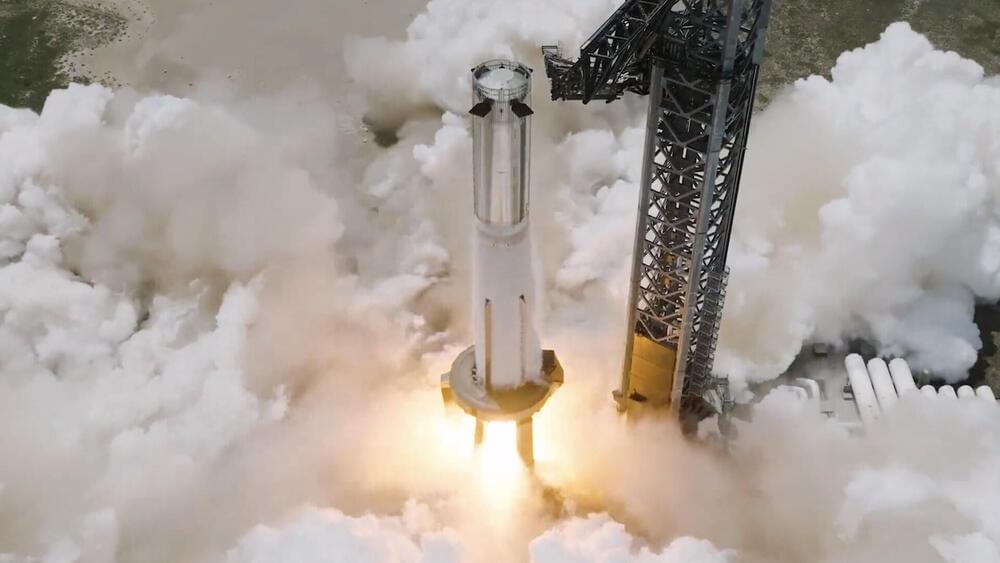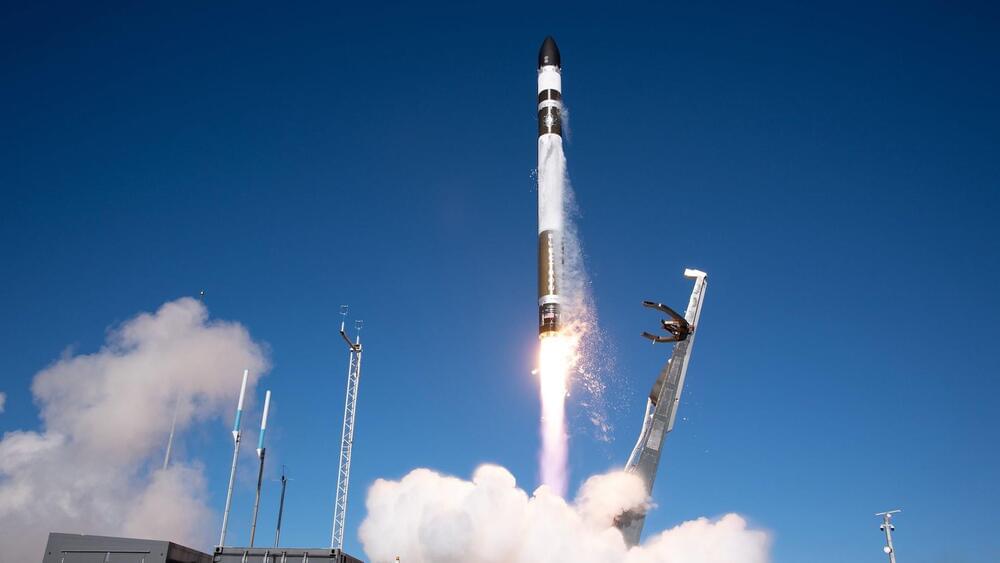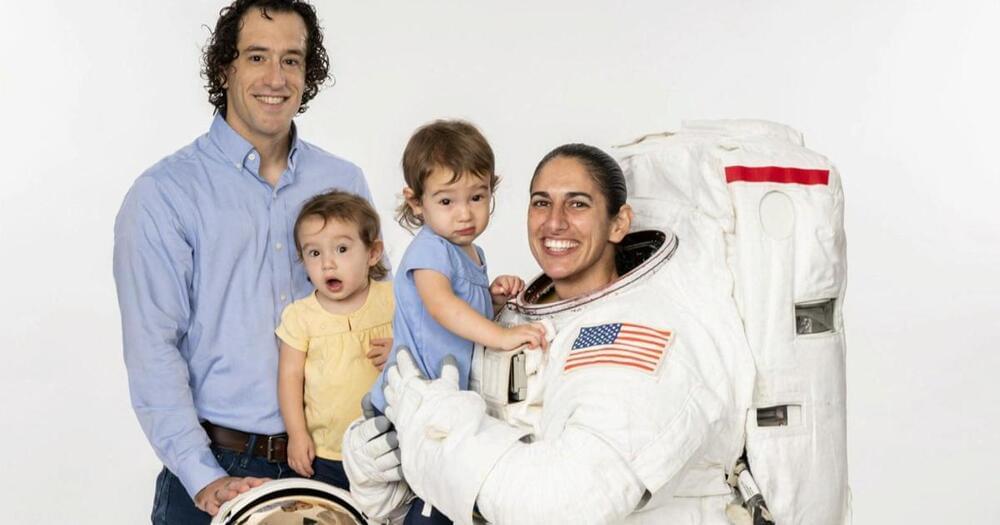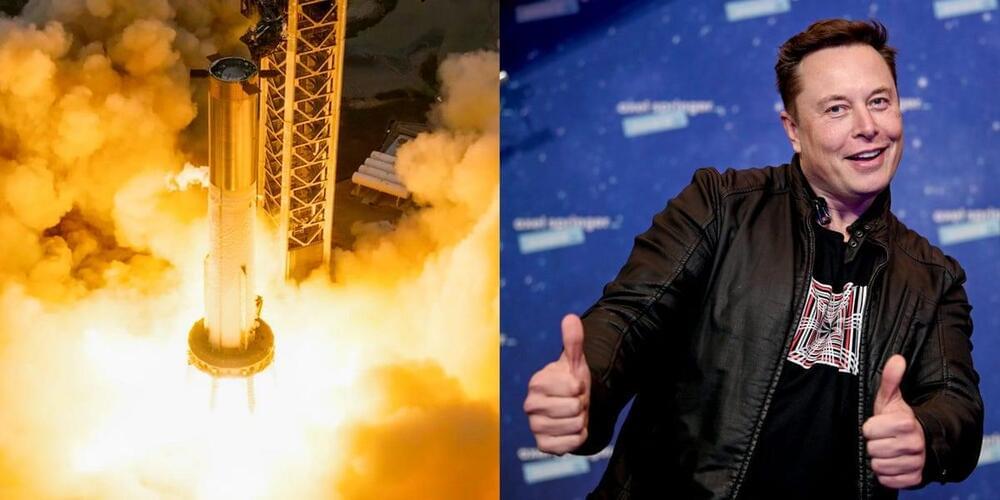The latest static fire engine test is part of SpaceX’s final preparations for the second test flight of Starship.
SpaceX has successfully performed another static fire engine test on its Super Heavy prototype, Booster 9.
The company is preparing for the second flight test of the massive rocket and CEO Elon Musk recently stated it could happen “soon.”





